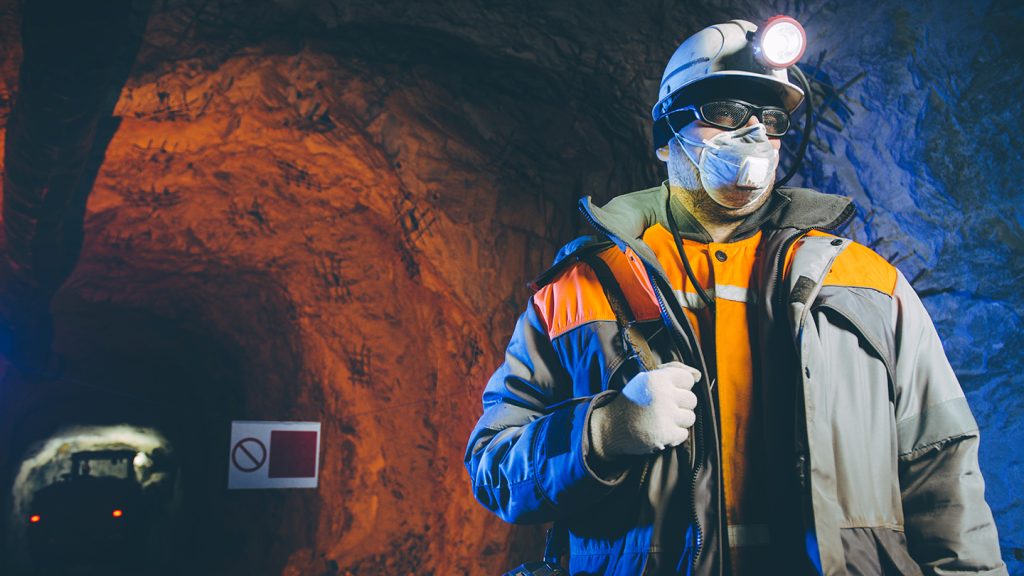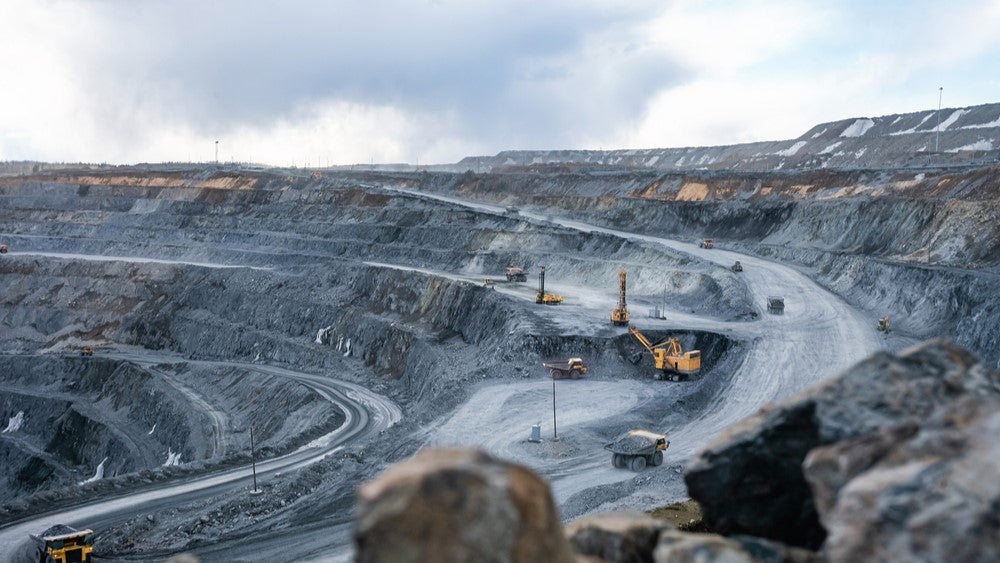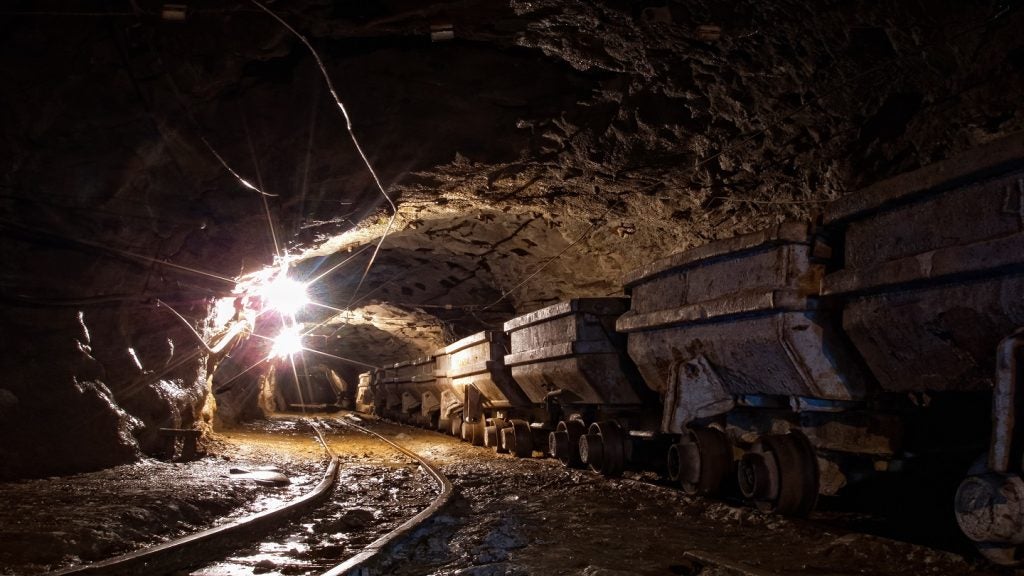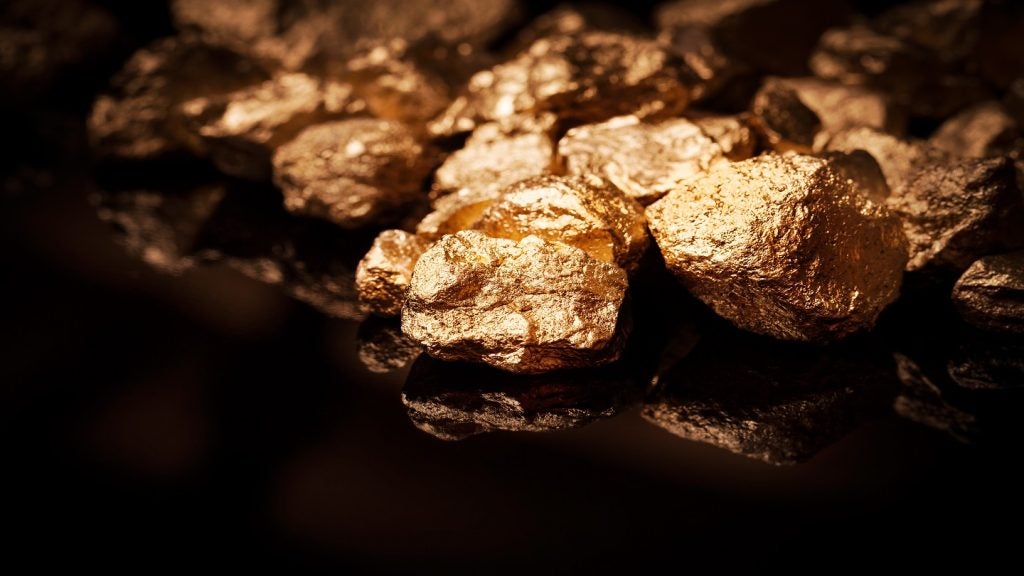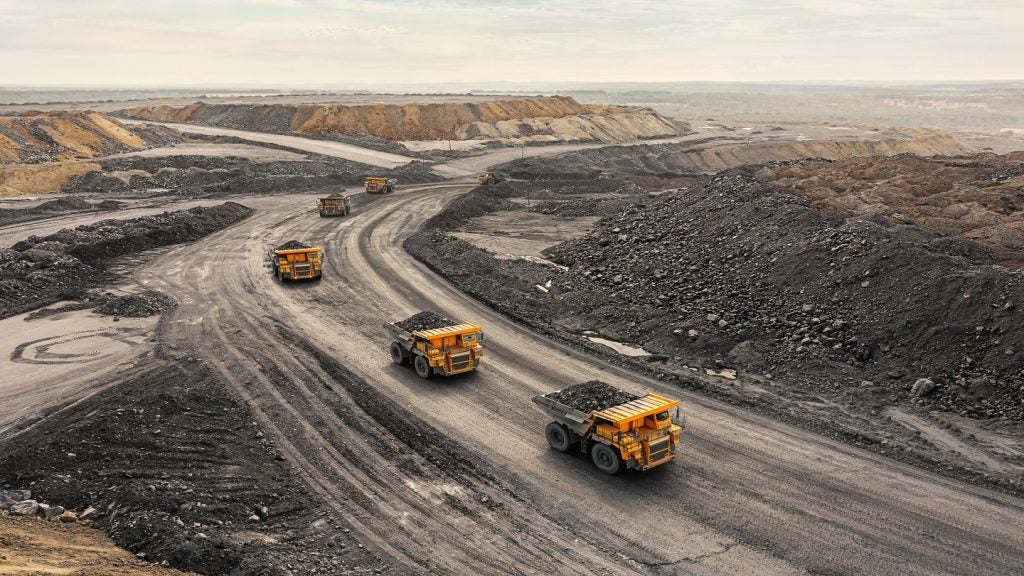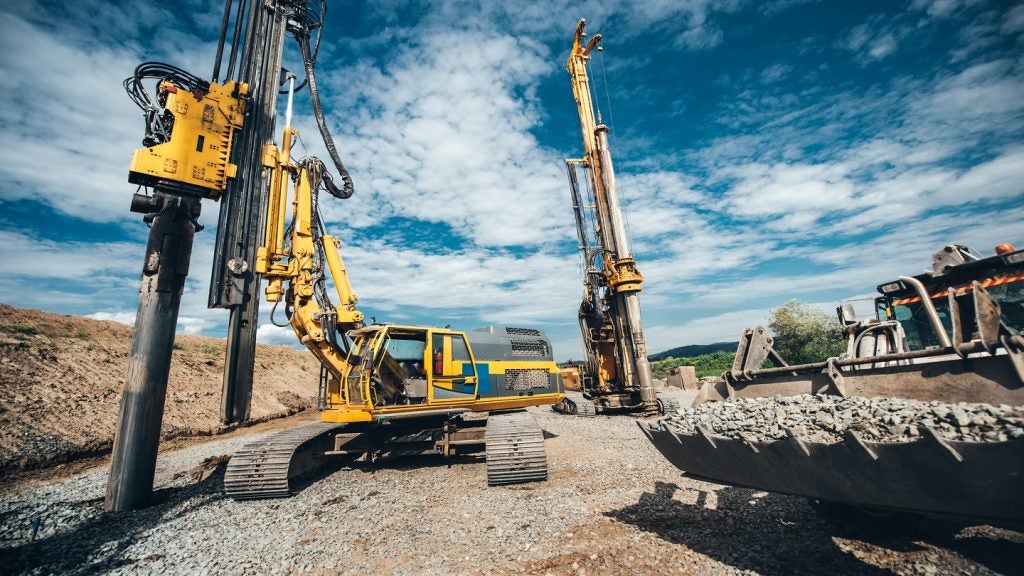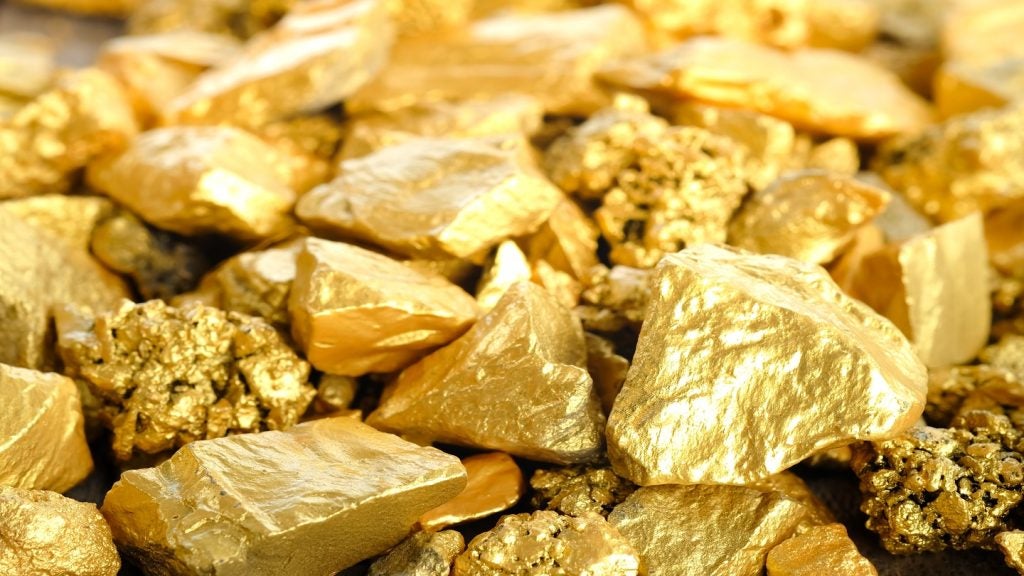Australia’s mining community has been rocked by a series of tragic incidents in the last 18 months. The latest, in mid-March, occurred at the Mount Clear gold mine in Ballarat. An underground collapse at the site resulted in the death of a 37-year-old and left another man fighting for life. They were among up to 31 workers trapped for several hours.
Describing the death as “devastating”, city mayor Des Hudson told Channel 7 Sunrise: “Our hearts go out to the family of that miner who never came home from work; but also to the other miner who is currently in the Alfred hospital with very significant injuries and has a battle in front of him.”
Events that led up to the incident drew scorn from some, including Australian Workers Union Victorian Branch secretary Ronnie Hayden who said it “should have been avoided”, suggesting the incident was the result of the crew manually drilling on unsupported ground. “This form of air-legging shouldn’t be used to do this type of work” he said.
Events like these have led to questions of how safe the country’s mines really are and accusations that safety reform has stalled. Since the start of the millennium, safety has been in sharp focus, following the previous decade in which incidents were frequent and deaths mounted.
Mining safety in numbers
More recently, there has been cautious optimism that things are changing. According to Safe Work Australia – a government agency overseeing national policy on workplace health and safety and workers’ compensation arrangements – between 2003 and 2022 deaths per 100,000 fell from 12.4 annually to 2.4; however, that has largely stagnated since 2016. For context, 14.7 fatalities per 100,000 were recorded in the agriculture, forestry and fishing industry in 2022, domestically the highest.
But although the headlines may suggest otherwise, and with the incident mentioned above reinforcing the belief that major accidents – known as ‘principle hazards’ – continue to blight the sector, today it is the so-called ‘one-off’ incidents that account for the majority of deaths and injury.
In fact, data from numerous sources suggest major incidents accounted for 20% of mining deaths in the previous decade. Between 2011 and 2020, the leading cause was mechanical – often crush events – followed by incidents involving vehicles.
Regardless of their cause, accidents large or small that result in harm or fatal consequences cannot be allowed to happen with any frequency, indeed at all.
The events in Ballarat highlighted the dangers of mining, the magnitude with which lacking oversight impacts the profession, and the growing fervour among miners, their families and anyone else advocating for safe mining environments to see action taken and regulation toughened.
Challenges to mining safety and regulation in Australia
As Mining Technology reported at the end of 2023, the country’s mining industry generated A$2.4trn ($1.54trn) in resources and export income and supports more than a fifth of the economy (21%). Australia is already a mining superpower and looks set to benefit hugely from the global push to decarbonise – sitting on an abundance of resources including lithium, nickel mines, and cobalt. However, if it is to do that, many argue change needs to come.
Safe Work Australia, whilst welcoming the “significant improvements” the sector has made in health and safety in the last decade, says “the mining industry still has one of the highest rates of fatalities of any industry”. The sector is regulated, perhaps to its determent, by a patchwork of eight states and territories rather than at a federal level.
The sector is regulated, perhaps to its determent, by a patchwork of eight states and territories rather than at a federal level.
This was indeed the charge some levelled in the hours following the underground collapse at Ballarat. Miners past and present said circumstances that led to the incident would not have been accepted at mines Western Australia (WA) or Queensland.
“Victoria needs a mines authority like WA,” one told ABC News. “Everyone in the industry here in Victoria knows we are so far behind when it comes to safety.”
That said, Queensland too has seen fatal incidents in recent history. In January a worker died and another was injured after being crushed at the BMA Saraji open-cut coal mine.
State regulator Resources Safety and Health Queensland launched an investigation, just two months after submitting evidence to persecutors on another incident in early 2023, where two workers died at the Dugald River underground mine after the vehicle they were in fell down a stope.
Does tech hold the answer?
Ensuring a mine is safe requires several things: stringent and appropriate regulations, good mine management, a skilled and well-maintained workforce, and putting health and safety above all else.
But technology plays an integral role, too. Carefully considered before their adoption, and used correctly once in place, some of the most innovative tech can help mines run efficiently and safely, providing oversight and insights to managers unlike anything seen before.
Technology solutions can help identify and communicate potential risks and determine whether action taken has helped mitigate them before disaster strikes. Now they’re even becoming a vital part of search and rescuers’ toolkits too. Offering infrared cameras and thermal imaging, drones, for example, have been employed at some incidents to locate personnel – potentially cutting down on the time it takes to begin a rescue.
Connected through real-time location services, largely RFID, sensors track the movement of individuals and vehicles during a shift, offering enhanced location data in the event of an incident,
But when an incident occurs out of the reach aerial vehicles, robots can go where rescuers can’t – often because the conditions caused by a collapse or explosion result in the environment being unsafe. Equipped with cameras, communications and sensors, robots can map the mine to determine its condition, such as compromises to structures, and even report back on workers’ physical states.
The most common sensor types are temperature, pressure, proximity, optical, accelerometers and gyroscopes, according to industry intelligence provider GlobalData.
Mining Technology’s analysis of innovation in mine sensor networks, based on GlobalData research, reveals that “activity is driven by improved computing power and connected sensors to control and monitor the mining environment. In the last three years alone, there have been over 62,000 patents filed and granted”.
Sensors are now even embedded in miners’ workwear, hats, glasses, badges and watches. Connected through real-time location services, largely RFID, sensors track the movement of individuals and vehicles during a shift, offering enhanced location data in the event of an incident, therefore increasing the chance of locating and reaching miners more quickly. Key players in this equipment area include Sandvik’s Newtrax, Epiroc and GroundHog.
Technologies can then be used to assist with rescue too. According to GlobalData’s research, Sandvik, Epiroc, Atlas Copco and POSCO E&C are among the leading patent filers in emergency rescue systems. One example is Sandvik’s OptiMine Evacuation Assistant, which locates personnel, visualises an evacuation, and sends people to the nearest safe place or rescue chamber based on the location and capacity of those chambers. Epiroc’s Mobilaris can also navigate workers to their closest rescue chamber.
Mine emergency rescue equipment includes a catalogue of other tools, from breathing apparatus to work at height equipment, confined space to firefighting equipment, gas detection to rescue chambers and vehicles, and of course personal protection equipment. But with technology evolving almost constantly, ensuring all unmet needs are addressed is quickly becoming possible.
Some of the latest technologies include digital mine rescue management systems. Offering a comprehensive suite of capabilities, they help teams above and below ground to communicate and manage, based on the very latest data from almost innumerable sources.
Technology alone is not enough
Although it seems tech may be tipping the scales in rescuers’ favour, the Society for Mining, Metallurgy and Exploration’s Kimberly Walster CMSP recently stressed that while technology is great, you cannot rely on it at all times.
“Employees need to be comfortable with technology, but capable if it’s not functioning,” she says. “For example, proximity should not be considered as a stand-alone safety device, but a training tool to stay out of red zones. Awareness is key.”
Addressing this critical aspect, in 2022, Queensland Mines Rescue Service (QMRS) opened the first new mine rescue training centre in the state for more than four decades. The 52-acre facility in Central Highlands provides training supported by the latest technologies, combining the two to produce some of the most advanced rescue teams today.
In 2022, Queensland Mines Rescue Service (QMRS) opened the first new mine rescue training centre in the state for more than four decades.
Speaking at the time of opening QMRS CEO David Carey said: “Mine rescue teams train hard for actions that they hope never to use, but for which they must be ready for every day of their working lives.”
With increasingly capable equipment, evolving incident management protocols, ongoing and comprehensive training provision and a growing focus on safety among mines and mining companies, it is possible the occurrence of serious incidents will continue to fall.
Many mining companies, in Australia and around the world, have been vocal about their ambitions to reduce risk and incidents. To that end technology will help – allowing humans to be out of the way of the most dangerous tasks in time – as it will when things do go wrong and rescue is needed.
But mining is a dangerous profession, and technology can only do so much. It must be combined with robust regulation and oversight, good working practices, well equipped – both mentally and physically – teams and a mantra of “must do better”, no matter how good things seem. Australia’s mining industry is vast and can often feel like it’s siloed across the country’s great expanse. But one things binds it together – the well-being of the mining community.


